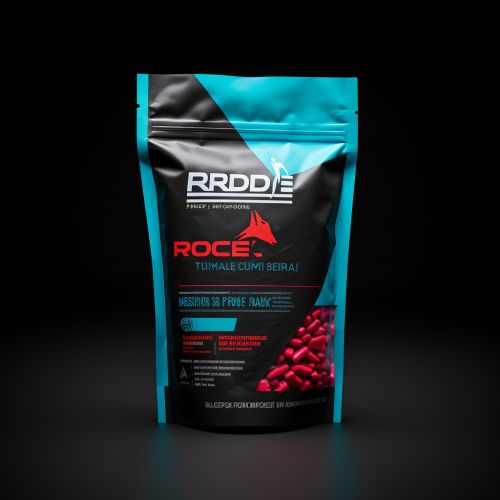Rodenticide
Introduction
Rodenticides are a category of pest control chemicals designed to kill rodents. Strong single-dose rodenticides are referred to as acute compounds, while weaker, multiple-dose rodenticides are known as chronic compounds. These substances have been in use for centuries to control populations of mice, rats, and other rodents that pose threats to human health, agriculture, and infrastructure.
History
The use of rodenticides has been documented since ancient times. The first known rodenticide, red squill, was derived from a plant species native to the Mediterranean region. In the 20th century, the development of synthetic organic compounds led to the creation of more potent and specific rodenticides. The first of these, warfarin, was introduced in the 1940s and is still in use today.
Types of Rodenticides
There are several different types of rodenticides, each with its own mode of action, toxicity, and target species. These include anticoagulants, non-anticoagulants, and fumigants.
Anticoagulant Rodenticides
Anticoagulant rodenticides inhibit the function of Vitamin K, a critical component in the blood clotting process. This leads to uncontrolled bleeding and eventual death in rodents. Examples of anticoagulant rodenticides include warfarin, bromadiolone, and difenacoum.
Non-Anticoagulant Rodenticides
Non-anticoagulant rodenticides work through various mechanisms, such as disrupting the function of the central nervous system or causing metabolic dysfunction. Examples of non-anticoagulant rodenticides include bromethalin, cholecalciferol, and zinc phosphide.
Fumigants
Fumigant rodenticides are gases or volatile substances that are lethal to rodents when inhaled. Examples of fumigant rodenticides include aluminum phosphide and magnesium phosphide.
Mode of Action
The mode of action of a rodenticide refers to the biological mechanism through which it causes death in rodents. Anticoagulant rodenticides, for instance, interfere with the blood clotting process, leading to internal bleeding and death. Non-anticoagulant rodenticides, on the other hand, may cause death through a variety of mechanisms, including neurotoxicity, metabolic disruption, or respiratory failure.
Toxicity and Environmental Impact
Rodenticides can pose significant risks to non-target organisms, including humans, pets, and wildlife. Secondary poisoning, in which a predator or scavenger is poisoned by consuming a rodent that has ingested a rodenticide, is a particular concern. The environmental persistence of some rodenticides, particularly second-generation anticoagulants, can lead to their accumulation in ecosystems and the food chain.
Regulatory Aspects
The use of rodenticides is regulated by various governmental bodies around the world, including the U.S. Environmental Protection Agency (EPA) and the European Chemicals Agency (ECHA). These agencies set standards for the manufacture, sale, and use of rodenticides to protect human health and the environment.
See Also


